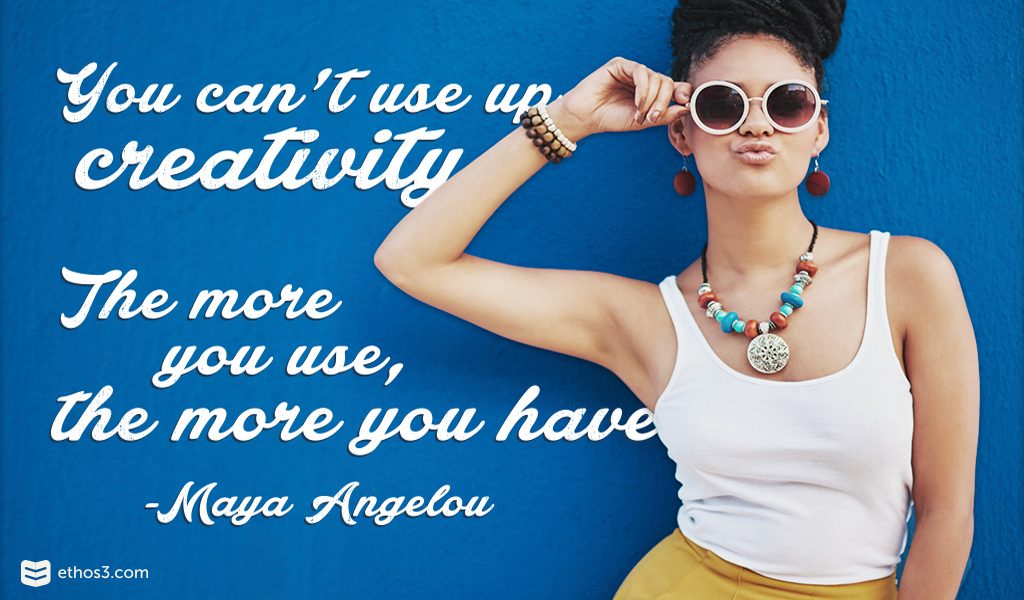Here’s the scenario: our team is on the kickoff call with a brand new client, about to start working on their big company presentation. The CEO will deliver this deck on a keynote stage, talking about industry trends to a group of people in that particular field. We know there will be suits and ties, we know that the demographic of the audience is 50+ years old, and we also know that the CEO is a straightforward guy with plenty of speaking experience.
For both the designer and content strategist on the call, the question now becomes: how creative can we make this presentation?
In spite of the seemingly formal venue and audience, it’s important to leave open the possibility of very creative presentation design. People, even in fancy business attire, are still people. You never really know what kind of tone the speaker will wish to set during their talk. It is our job to assess the level of creativity the client would like, and then draft our pitches accordingly.
But what about your own project? Here are a few ways to assess whether or not you should go with a more creative presentation, be it fun, minimal, or just out of the ordinary as compared to your past work.
What does the audience want and expect?
Consider your audience as a whole. Have they ever seen a presentation like yours before? Or perhaps in the case of an annual report, have they seen too many presentations like yours before? It’s important to assess not only what the audiences wants (to be informed, entertained, challenged, etc.), but what the audience expects (to be bored, to learn something new, etc.). It’s up to you to gauge whether or not defying their expectations will yield a positive outcome. In most cases, we recommend bringing the unexpected to your presentation to keep the audience interested and stand out from the crowd.
What does your content dictate?
Sometimes the content offer any “wiggle room” for creativity, as in the case of a very stat-heavy financial presentation. When you think of all the information that needs to be conveyed, trying coming up with a written metaphor to express the main ideas. For example, think of the word “growth,” and use plant or gardening terminology throughout your content to see if a creative metaphor could fit. If something as simple as a plant-based metaphor feels too wild and out of place, your content may be too singular for an overall creative approach.
Who is delivering the presentation?
The presenter’s personality has a lot to do with the level of creativity on each slide. Are they comfortable delivering a narrative? Do they bring a lot of energy and fun to the stage? Or are they more used to a conservative, straightforward approach? If you have an energetic presenter who is open to creativity, don’t limit them! Your presentation will benefit by bringing out the best in your speaker.
If you want your presentation to be unexpected, if your content is flexible enough to use a metaphor, and if your speaker has the right energy, then it’s perfect for a more creative approach. Storytelling, unique metaphors, minimal text, and bold design are all ways to make your deck stand out. Where does your presentation fall on the spectrum of very conservative to very creative?
Where do you go from here? Learn more about how to add extra creativity to your presentation by checking out these related articles:
Creative Ideas To Help You Crush Your PowerPoint Presentations
10 Steps To A Professional Presentation
7 Creative Presentation Ideas: Take Your Presentations Up A Notch

